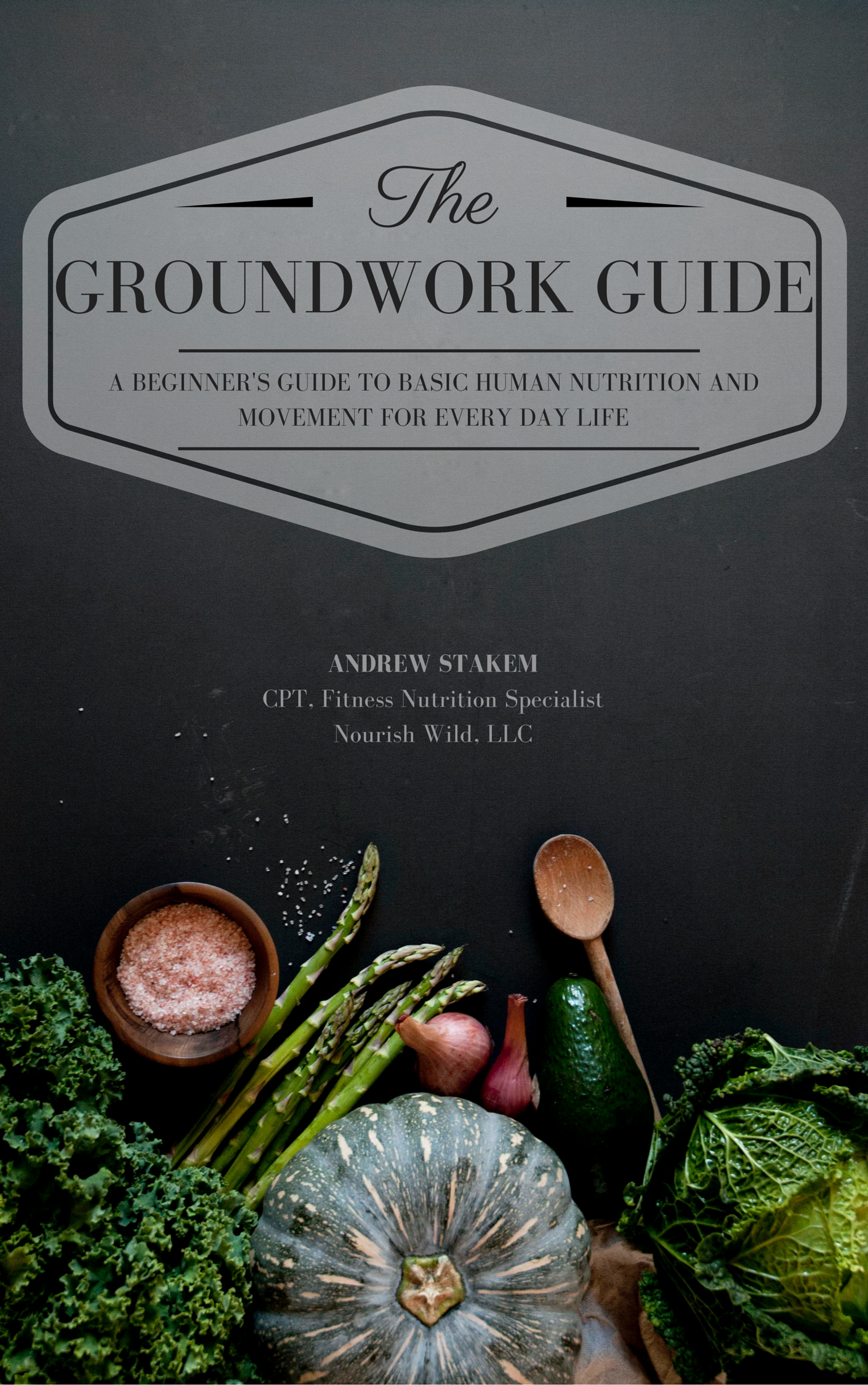Grass-Fed Meat
Grass-fed beef has become increasingly more popular, and not without reason. Cows are meant to eat a certain way, and surprise!, that way is not trapped in cages and force-fed an unnatural diet. Red meat has gotten a bad wrap for wreaking havoc on our systems over the last couple of decades, but when we take a closer look at the reality of where the majority of our meat comes from, it is no wonder this poor substitute has been damaging our bodies. We have been eating sick, tortured animals, and if “we are what we eat,” logically our bodies have responded in a similar manner. It is no secret these days that many, many, animals are bred, born and raised in captivity to keep them “fat and juicy,” fed a cheap, unnatural diet to keep investments low and profits high, and subjected to stressful, often torturous environments until they are slaughtered for our consumption. Animals were never meant to live like this, and their bodies have become a toxic environment. Unfortunately for us, our bodies then absorb their toxic meat, and the cycle perpetuates.
Grass-fed meat is a more conscious choice of meat for many reasons. First, the animal has been raised in a more natural environment, allowed to roam the pastures and eat a natural diet, getting exercise and sunshine in the process. Second, because the animal is allowed to thrive and its body is able to grow healthily, naturally, and with low-stress, their nutritious elements are restored. When you eat grass-fed beef, you are getting nutrition benefits that do not come from “conventional” beef. These benefits, according to Jo Robinson in her article about grass-fed meat, include but are not limited to: vitamin E, beta-carotene, vitamin C, and a number of health-promoting fats, including omega-3 fatty acids and “conjugated linoleic acid,” or CLA. You can read much more about the health benefits of grass-fed meats in another one of Jo’s articles here, and I highly suggest that you do so. You will not want to go back to “feedlot” meat afterward.
Beyond moral and nutrition issues, there is also an environmental factor that goes into conventional vs grass-fed beef. Grass-fed meat is much more environmentally sound, as the manure is not concentrated in one area. Concentrated manure can lead to water pollution and a host of other issues. You can read more about the environmental factors here.
I urge you to explore the differences between conventional feedlot meat and grass-fed meat, and make a more conscious decision next time you stop by the meat counter. While grass-fed meat is typically more expensive, remember that you are paying for quality, and when it comes to food and the health of your body, quality is crucial.
Image Source: alderspring.com


No comments yet.